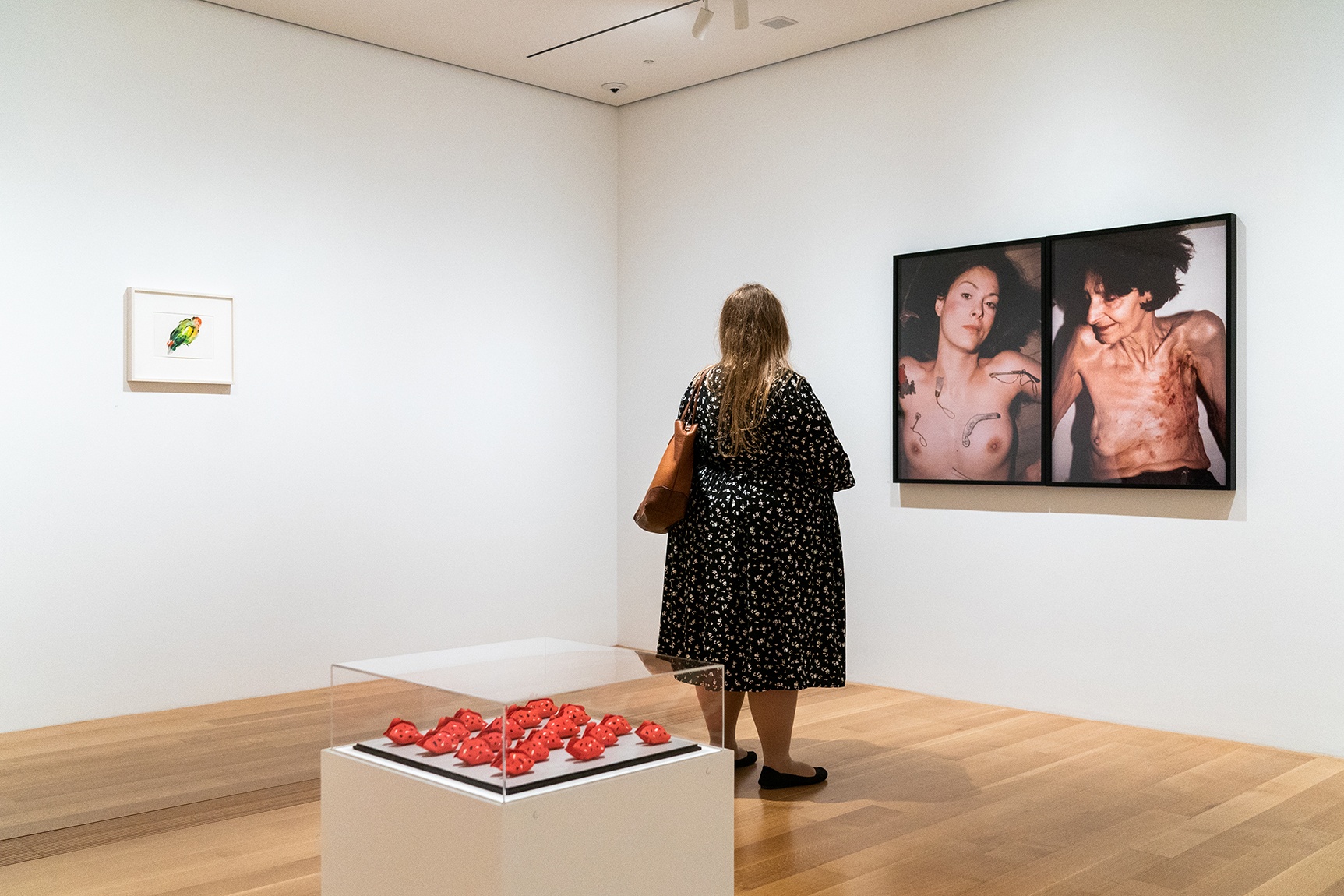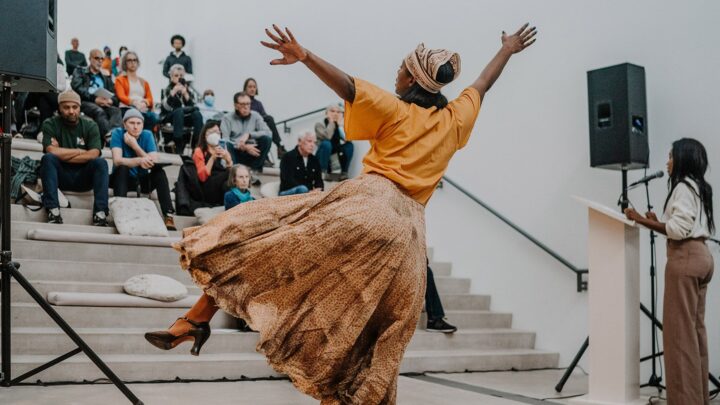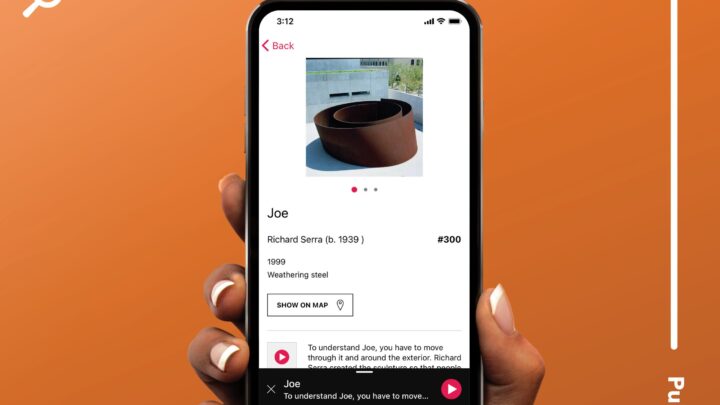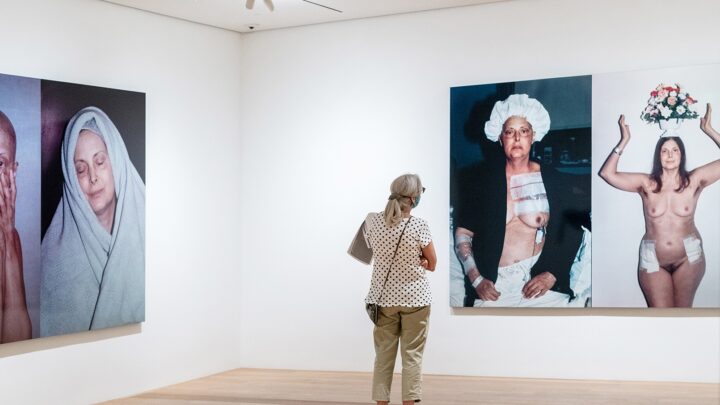by Dr. Dharushana Muthulingam
It is easy to start, when in the business of medicine, with Hannah Wilke’s portrayal of illness. This exhibition “Hannah Wilke: Art for Life’s Sake,” weaves her end-of-life series into a chronology representative of all her work. To traverse Wilke’s timeline in a single stroll is to be seared with the brevity of this life.
Contemporary critics dismissed Wilke’s early self-portraits as narcissistic, essentially arguing that she was too pretty to be taken seriously. But with her portrayals of illness and end-of-life, Johanna Burton writes that Wilke’s work “was met by critical acclaim and something else rarely seen: a kind of critical recanting.” This criticism of Wilke’s early work illustrates the male gaze, with which even the feminist critics stumbled. The gaze struck down Wilke’s agency: as an unserious narrator, for not conforming to expectations for young women. When Wilke stands in the same boldness as a woman who is ill and dead before her time—her jouissance is rendered less threatening.
Wilke’s later work also subverts the medical gaze, or the radical objectification of the human body. This abstraction reveals the mechanical underpinnings of physiology. The physician can see hidden truth, a more “truthy” truth about what is going on in the body of the patient. The benefit of the medical gaze is that it illuminates material properties of human bodies. The danger is that it denies the patient authority over their own experience.
These gazes intersect in women’s pain, systematically ignored in medicine, dismissed as hysteria, ultimately delaying treatment. There is even a name—Yentl Syndrome—describing how women’s heart attacks are often misdiagnosed. Medicine for so long has focused on how heart attacks present in men that doctors could not recognize women’s symptoms, with deadly consequences. This is dangerously amplified by the intersection of gender and racialized gazes for Black women, who bear disproportionate harm in pregnancy and childbirth.
In medical training, we make up for the medical gaze with counter-training, to preserve (or develop) empathy. Art can serve to expand our imagination for what is possible. And this is what Wilke’s work offers to all of us, including the young physician—to rewrite the narrative. She plays with the habituated gazes and all the extractive force behind it—and has fun doing it, asserting her own desire and bodily autonomy.
This is the lesson for the young physician. Medical training is a rigorous technical education in the patterns of the body. With this comes a rich expertise: to identify the purple of venous stasis, the yellow of hepatic failure. New inductees must also cope with the taboos they encounter—nudity, violence, illness, death, grief. To navigate this, medicine evokes the authority of the clinical gaze—but it is unable to leave behind the larger society’s cultural blind spots. Wilke reintroduces a strangeness to the body and presents the gazed-upon gazing back. The subversion creates on opening for a new story.
Dr. Dharushana Muthulingam is an infectious-disease physician, public-health researcher, medical educator, and writer in St. Louis. Her care for patients, research, and writing ask what it means to be radically care-centered at every level: interpersonal, community, society, and ecological. Dr. Muthulingam explores various topics intersecting medicine and public health including health equity and accessibility, social determinants of health, decriminalization, decolonization, and health care labor, among others. She completed a combined public health and medicine program at UC Berkeley and UCSF, internal medicine training at Kaiser Foundation Hospital in Oakland, and infectious disease training at Yale. Dr. Muthulingam’s work has appeared in medical journals as well as Vogue and Ms, while her interviews have been featured in the Daily Show, The New York Times, Washington Post, Vogue, and BBC World.




